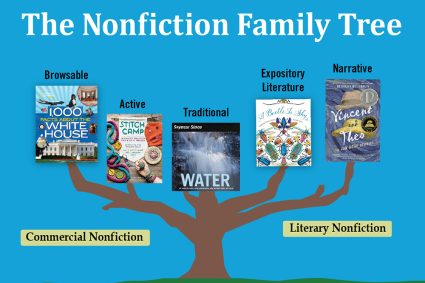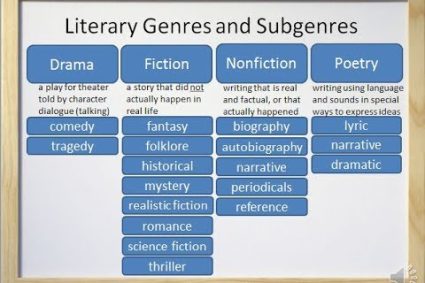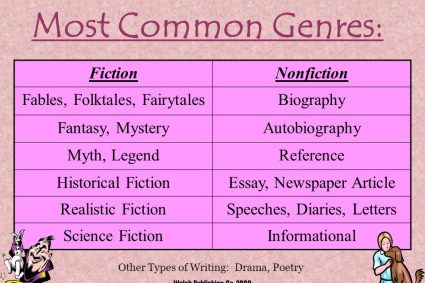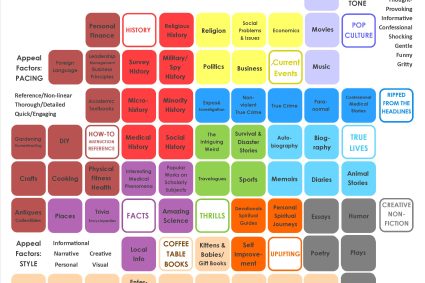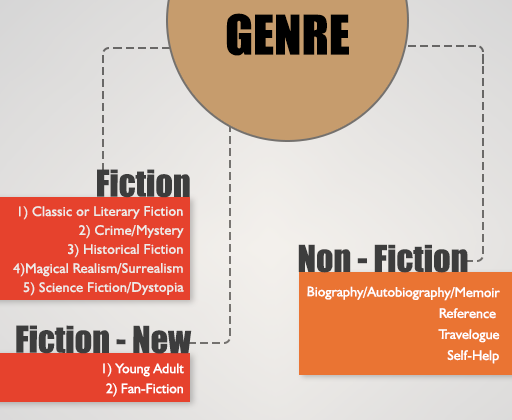
In the vast expanse of prose, the art of storytelling takes center stage, weaving intricate narratives that captivate the imagination and resonate with the reader’s soul. Delving into the nuanced world of narrative methods and techniques in prose illuminates the craftsmanship that shapes compelling tales and transports audiences to diverse realms.
1. The Power of Point of View:
First Person: In prose, the choice of narrative perspective holds immense significance. First-person narration invites readers into the intimate thoughts and experiences of a character, forging a deep emotional connection. This perspective allows for a personal and subjective exploration of the narrative.
*Example:
I stood at the edge of the cliff, the wind whispering secrets that only I could hear. The world stretched out below, a canvas of possibilities awaiting my next step.
Third Person: Alternatively, third-person narration provides a broader perspective, offering insights into multiple characters and unfolding events. It allows for a more comprehensive exploration of the narrative landscape while maintaining a sense of objectivity.
*Example:
He stood at the edge of the cliff, the wind whispering secrets that only the mountains could comprehend. The world stretched out below, a canvas of possibilities awaiting his next step.
2. Mastering Dialogue:
Dialogue serves as a dynamic tool in prose, enabling characters to come to life through conversation. Skillfully crafted dialogue not only advances the plot but also reveals the nuances of characters’ personalities, relationships, and conflicts.
*Example:
“I never expected to find you here,” she said, her eyes reflecting a mix of surprise and delight.
“Life has a way of leading us to unexpected places,” he replied, a knowing smile playing on his lips.
3. Setting as a Character:
In prose, the setting is not merely a backdrop; it becomes a character in itself. Descriptive and evocative language transports readers to vivid landscapes, immersing them in the atmospheric elements that shape the narrative.
*Example:
The city awakened as dawn painted the skyline in hues of rose and gold. Each street, each building, whispered stories of a city pulsating with life, secrets, and untold histories.
4. Pacing for Impact:
The pacing of a narrative in prose is akin to the rhythm of a heartbeat, guiding readers through moments of tension, reflection, and revelation. Carefully modulated pacing heightens suspense, deepens emotional impact, and maintains the reader’s engagement.
*Example:
As the storm clouds gathered on the horizon, a sense of foreboding settled over the village. The air thickened with anticipation, and the rhythmic patter of raindrops soon gave way to a crescendo that mirrored the intensity of unfolding events.
5. Symbolism and Imagery:
Prose allows for the incorporation of symbolism and vivid imagery to convey deeper meanings. Symbolic elements and evocative descriptions create layers of interpretation, enriching the narrative experience.
*Example:
The ancient oak, its gnarled branches reaching toward the sky, stood as a silent sentinel. Its roots, intertwined with the earth, whispered tales of resilience, endurance, and the passage of time.
6. Narrative Arcs and Transitions:
A well-structured narrative in prose follows a discernible arc, encompassing exposition, rising action, climax, falling action, and resolution. Smooth transitions between these narrative phases ensure a seamless and engaging reading experience.
*Example:
In the quiet village, where time unfolded like the pages of an old book, the arrival of a mysterious stranger marked the beginning of a story woven with intrigue, discovery, and the unraveling of long-held secrets.
7. Foreshadowing and Subtle Clues:
Prose allows authors to plant seeds of anticipation through foreshadowing and subtle clues. These literary devices create a sense of mystery and intrigue, prompting readers to unravel the narrative puzzle.
*Example:
In the dusty attic, an old journal lay forgotten, its pages yellowed with age. Little did she know that within those weathered lines, the key to a family mystery awaited discovery.
In the artful hands of a storyteller, these narrative methods and techniques converge to create a tapestry of prose, rich in texture and depth. Whether through the lens of a chosen perspective, the nuances of dialogue, or the vivid strokes of descriptive language, prose unfolds as a dynamic canvas where the magic of storytelling takes center stage, inviting readers on an immersive journey through the realms of imagination and emotion.

